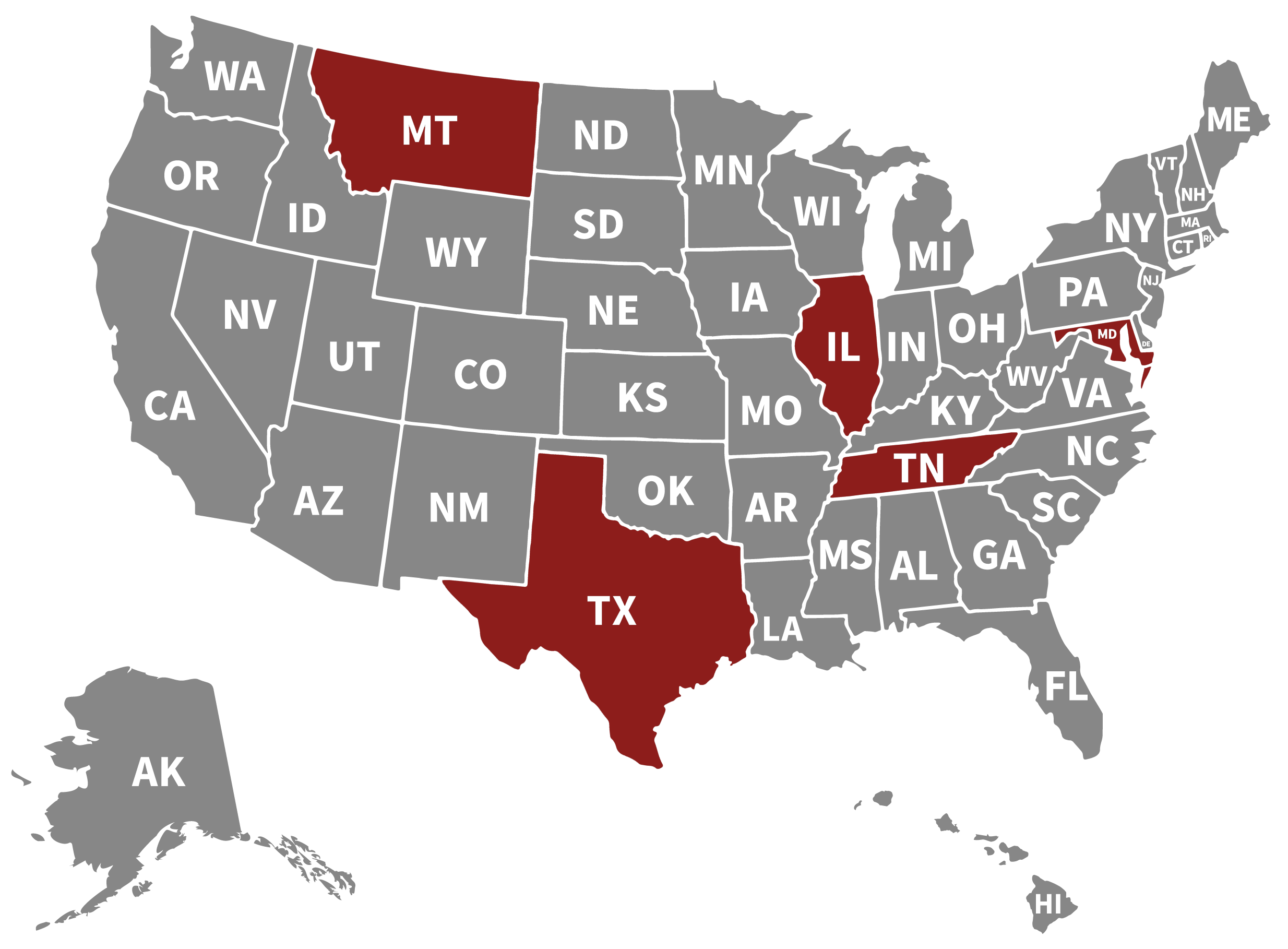Newswise — University of Maryland, Baltimore (UMB) President Bruce Jarrell, MD, FACS, and University of Maryland School of Medicine (UMSOM) Dean Mark Gladwin, MD, announced today that the university has received a four-year, $4 million Research Evaluation and Commercialization Hubs (REACH) grant from the National Institutes of Health (NIH). The grant, shared with the University of Maryland Baltimore County (UMBC), will support both institutions' work advancing the biomedical entrepreneurship and innovation economy in West Baltimore and Greater Baltimore. It will also serve to train one of the most diverse biomedical and entrepreneurial workforces in the country.
“We recognize that to create our own unique cohort of newly trained biotech entrepreneurs here in Baltimore, our accelerator will need to provide them with both research support and funding, as well as guidance through the process of commercialization and technology development," said Jason Rose, MD, MBA, Associate Dean of Innovation & Physician Science Development at UMSOM and principal investigator of the REACH grant. "We will be providing mentoring and educational programs from a diverse set of successful life science innovators and leaders to help distill their broad experiences – from navigating FDA regulatory pathways to financing new companies – to all of those who interact with the Hub.”
Through the REACH grant, as many as 44 early-career faculty and students will receive an initial seed investment of up to $100,000 each to help them test and develop commercially promising technologies. UMB will also use the grant to create the University of Maryland, Baltimore Life Science Discovery (UM-BILD) Accelerator program’s “proof-of-concept” hub – one of only 5 NIH-funded proof-of-concept hubs in the U.S. – in the University of Maryland BioPark and at bwtech@UMBC.
“The REACH initiative will help further advance successful technology projects and early-stage companies by paving the way for long-term funding opportunities through, for example, venture capital funds or federally-funded small business innovation research or technology transfer awards,” Dr. Jarrell said.
Those awarded with pilot grants will gain access to the UM-BILD hub, in essence, a dedicated life sciences incubator that utilizes core services and equipment at UMSOM and other graduate schools within UMB and UMBC. They will also take part in business training programs involving inventors, entrepreneurs and start-up founders with the potential for networking and meaningful mentorship.
In addition to providing funding and resources to life science innovators, UM-BILD will work with partner institutions to leverage existing, successful initiatives and programmatic efforts to increase biomedical workforce and startup workforce diversity. Besides UMSOM and UMBC, partner institutions include the University of Maryland, College Park, and Morgan State University, a Historically Black College/University (HBCU). Other collaborators include Blackbird Laboratories, and TEDCO’s Maryland Innovation Initiative (MII).
Karl V. Steiner, PhD, Vice President for Research and Creative Achievement at UMBC and co-principal investigator on the REACH grant, said the grant builds upon previous support from NIH – the Faculty Institutional Recruitment for Sustainable Transformation (FIRST) award, which enables the joint hiring of faculty from underrepresented groups in the biomedical sciences. “We are pleased to further strengthen the close partnership with our colleagues at UMB and beyond with this initiative.”
UMBC President Valerie Sheares Ashby, PhD, said collaborations among higher education institutions in Maryland such as UM-BILD will be key to the state’s continued economic growth. “We are excited to work together to create opportunities for everyone to benefit from and contribute to this innovation ecosystem, staying true to our long-held commitment to inclusive excellence,” she said.
Added Dean Gladwin who is also the Vice President for Medical Affairs at UMB and the John Z. and Akiko K. Bowers Distinguished Professor at UMSOM, “Blacks, Latinos, and other underrepresented groups make up 34 percent of the U.S. population, but comprise only 15 percent of PhD graduates and 4 percent of tenured faculty positions in medical schools. There is even less diversity among venture-backed founders of life sciences companies. We clearly need to provide more opportunities for our underrepresented scholars, which benefits everyone as evidence suggests that workforce diversity improves productivity, financial performance, and employee satisfaction in these industries.”
David Weber, PhD, Professor of Biochemistry and Molecular Biology at UMSOM is a co-principal investigator of this grant.
Beyond the $4 million in funding from NIH, UM-BILD is supported by more than $5 million of non-federal matching funds through partner institutions including UMB, MII, UMSOM, and UMBC.
"The Maryland Innovation Initiative is proud to provide matching funds to accelerate the efforts of the NIH Reach grant and UM-BILD,” said Dr. Arti Santhanam, Executive Director of the Maryland Innovation Initiative. “Our unique model pulls together the five regional research universities to bring a truly diverse portfolio of faculty entrepreneurs and life science innovators, allowing them to move technologies from the lab bench to the bedside more efficiently."
Besides UM-BILD, the other new REACH hubs are:
- Chicago Biomedical Consortium Hub of Innovative Technologies for Entrepreneurship and Science (CBC-HITES) led by Northwestern University
- University of Montana’s L.S. Skaggs Institute for Health Innovation (SIHI-REACH)
- Gulf Coast Consortia led by Texas A&M Health
- Mid-South REACH Hub led by Vanderbilt University
NIH Research Evaluation and Commercialization Hubs (REACH) 2023

About the University of Maryland School of Medicine
Now in its third century, the University of Maryland School of Medicine was chartered in 1807 as the first public medical school in the United States. It continues today as one of the fastest growing, top-tier biomedical research enterprises in the world -- with 46 academic departments, centers, institutes, and programs, and a faculty of more than 3,000 physicians, scientists, and allied health professionals, including members of the National Academy of Medicine and the National Academy of Sciences, and a distinguished two-time winner of the Albert E. Lasker Award in Medical Research. With an operating budget of more than $1.2 billion, the School of Medicine works closely in partnership with the University of Maryland Medical Center and Medical System to provide research-intensive, academic and clinically based care for nearly 2 million patients each year. The School of Medicine has nearly $600 million in extramural funding, with most of its academic departments highly ranked among all medical schools in the nation in research funding. As one of the seven professional schools that make up the University of Maryland, Baltimore campus, the School of Medicine has a total population of nearly 9,000 faculty and staff, including 2,500 students, trainees, residents, and fellows. The combined School of Medicine and Medical System (“University of Maryland Medicine”) has an annual budget of over $6 billion and an economic impact of nearly $20 billion on the state and local community. The School of Medicine, which ranks as the 8th highest among public medical schools in research productivity (according to the Association of American Medical Colleges profile) is an innovator in translational medicine, with 606 active patents and 52 start-up companies. In the latest U.S. News & World Report ranking of the Best Medical Schools, published in 2023, the UM School of Medicine is ranked #10 among the 92 public medical schools in the U.S., and in the top 16 percent (#32) of all 192 public and private U.S. medical schools. The School of Medicine works locally, nationally, and globally, with research and treatment facilities in 36 countries around the world. Visit medschool.umaryland.edu
About the University of Maryland, Baltimore County
The University of Maryland, Baltimore County (UMBC) is a leading public research university known for innovative teaching, relevant research across disciplines, and a supportive community that empowers and inspires inquisitive minds. UMBC serves more than 14,000 undergraduate and graduate students, and is one of the country’s most inclusive education communities. U.S. News & World Report has named UMBC a national leader in innovation, value, undergraduate teaching as well as undergraduate research and creative projects, and has recognized UMBC's graduate programs as among the nation's best. NSF recognizes UMBC as a national leader in research funding and impact and the Carnegie Classification of Institutions of Higher Education has named UMBC a Research 1 (or R1) university, indicating the highest level of research performance. More than 130 companies are located at the bwtech@UMBC Research and Technology Park, which is also home to Maryland's first cyber incubator. Visit umbc.edu

